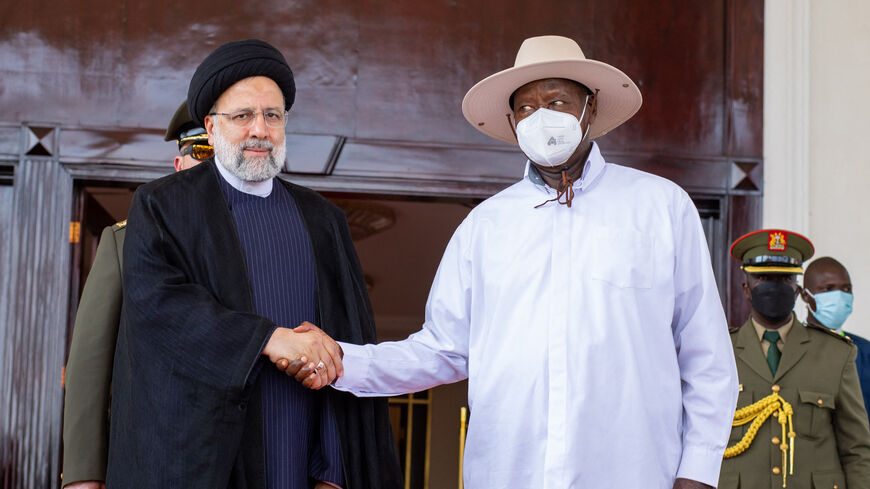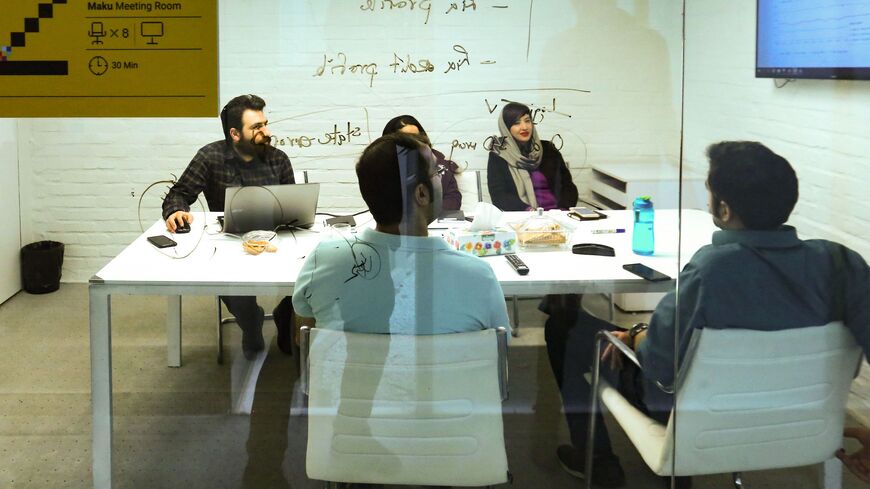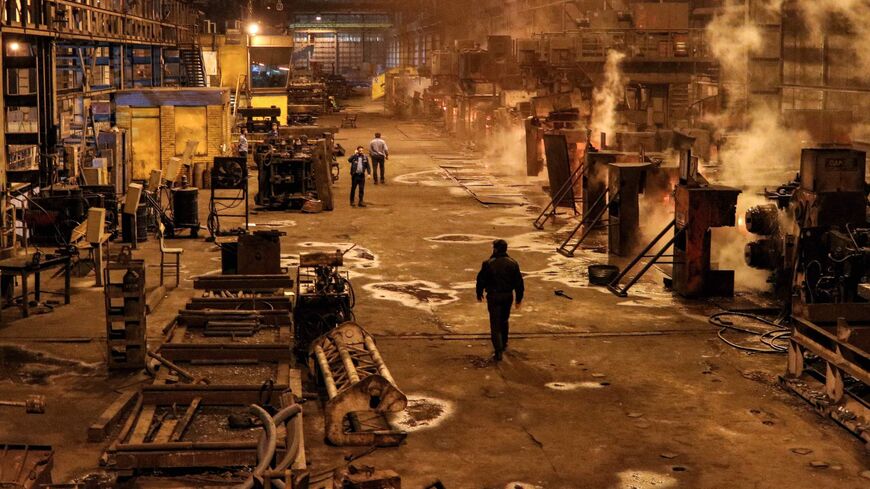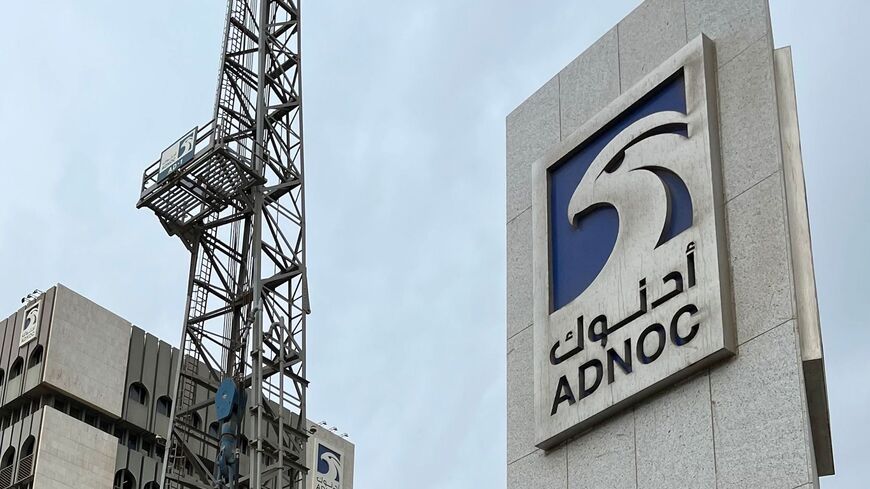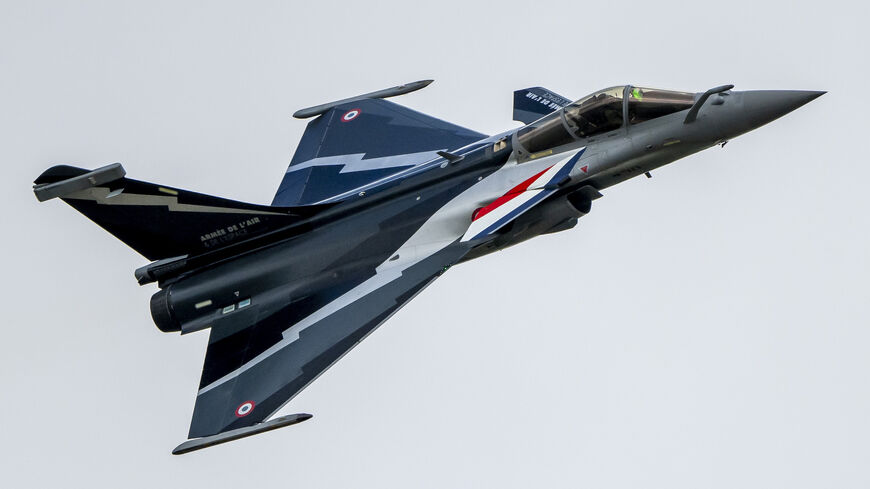Can Iran offer Europe strategic relief with its energy potential?
Al-Monitor Pro Members
Dr. Bijan Khajehpour
Managing Partner, Eurasian Nexus Partners, Vienna, Austria
July 18, 2022
Iran is a significant gas producer on a global scale, but most of its production is used for domestic consumption. The reserves and potential exist for Iran to become a long term exporter of gas to Europe. However, sanctions, political tensions as well as operational challenges will prevent this scenario in the medium term.
-
The current Ukraine crisis has underlined the European Union’s vulnerability with regards to its dependence on gas imports from Russia. Though Russia has continued to supply gas to Europe, it is uncertain whether these supplies will continue to feed the European energy markets.
-
New geopolitical realities will force Europe to diversify its sources of energy and look for long term suppliers of natural gas as the most environmentally friendly fossil fuel.
-
Iran has the second largest natural gas reserves in the world after Russia. Despite sanctions the resources have been developed successfully and Iran is currently the third largest producer of gas in the world (after the US and Russia) with an output of 250 billion cubic meters per year (BCM/y) equivalent to 8,828 billion cubic feet per year.
-
However, priority is given to domestic consumption and Iran only exports about 16 BCM/y of gas to Turkey and Iraq through pipelines. In other words, when faced with domestic shortages, Iranian authorities reduce the gas export volumes.
-
To expand its gas sector in line with the growth of domestic consumption, Iran will require $80 billion in new investments which will be challenging under the current sanctions regime.
-
Iran has no capacity to produce Liquefied Natural Gas or LNG for which there would be a market in Europe. Such a capacity would require foreign investment and technology.
-
The main obstacle to Iran expanding its gas sector and providing volumes for export, are US sanctions that have been intensified since the US left the Joint Comprehensive Plan of Action (JCPOA) and re-introduced major sanctions against Iran in 2018.
-
As capacity building in upstream and mid-stream will require investments and modern technology, the key facilitator of developing the country’s gas sector will be the lifting of external sanctions.
-
The so-called Vienna Talks to find a path towards restoring the JCPOA are stalled at the present moment, but there is still a possibility that all signatories agree on a step-by-step return to the original deal which would lead to a significant reduction of external sanctions on Iran.
-
Iranian gas exports to the EU would have to rely on long pipeline constructions across various borders and jurisdictions which has proven as challenging in the past.
Scenario 1: If Iran and the world powers manage to sign their agreement to return to the JCPOA, then a process of using Iran as a source of energy could be initiated. However, it will be difficult to mobilize the investments needed in the short run.
-
European energy majors such as Total, Statoil, ENI and Shell have worked in the Iranian gas sector before and could return to the market, but they would only do so, if external sanctions are lifted and if there is some sort of a guarantee that their investments would not be sanctioned during the life of their project, i.e. a minimum of 10 years including development and operation of a gas field.
-
Considering the uncertainty about the behavior of future US administrations, no energy major would risk investing in Iran, even if sanctions are lifted in the medium term.
Scenario 2: Iran could source investments from Asian countries, especially China and India, and use non-western resources to create the capacity to export gas to Europe in the medium term.
-
In the absence of European commitment through new investments, Tehran would be concerned about future US sanctions that would also make gas exports to the European Union impossible, mainly due to a re-imposition of banking sanctions. As such, Tehran would not go out of its way to invest in a capacity where there is uncertainty about the long term sustainability of the market.
Scenario 3: Iran could start exporting gas condensate and other liquid petroleum products to Europe. There is sufficient production and export of gas liquids in Iran which are currently going to Asian markets.
-
Similar to the above scenario, Tehran would be hesitant to shift its exports to help Europe without having the certainty that there would be long term demand for its products.
Scenario 4: One potential scenario would be to take Iranian gas to Oman and to use the idle capacity at Oman LNG to produce LNG for the European market.
-
The implementation of this scenario would also require investments in a gas pipeline taking Iranian gas to the existing Oman LNG plant. It is quite feasible, but would only represent a small quantity in the short run.
Scenario 5: Once sanctions are lifted, Iran could also opt to export more crude oil and petroleum products to Europe.
-
Here the capacity would be available, once US sanctions are lifted, but environmental considerations would push the European Union to look for more environmentally friendly solutions including natural gas and renewable energy sources.
Considering all of the above realities and limitations, one should not view Iranian gas as a likely replacement for Russian gas exports to the European Union in the medium term. This does not mean that Iran’s export potential will play no role in filling the emerging gap by expanding EU sanctions on Russia. Once sanctions are lifted, the Iranian gas potential can be exported to the EU through the export of gas-based commodities such as petrochemicals, steel and cement, but looking at Iran as a major gas exporter to Europe would be a strategic mistake.
Bijan Khajehpour is the managing partner at Eurasian Nexus Partners, a Vienna-based international consulting firm. He is also a member of the board of the Europe Middle East Research Group. He is considered an expert on geopolitics of energy and the Iranian economy and energy sector.
We're glad you're interested in this memo.
Memos are one of several features available only to PRO Expert members. Become a member to read the full memos and get access to all exclusive PRO content.

Already a Member? Sign in
The Middle East's Best Newsletters
Join over 50,000 readers who access our journalists dedicated newsletters, covering the top political, security, business and tech issues across the region each week.
Delivered straight to your inbox.
Free
What's included:
Free newsletters available:
- The Takeaway & Week in Review
- Middle East Minute (AM)
- Daily Briefing (PM)
- Business & Tech Briefing
- Security Briefing
- Gulf Briefing
- Israel Briefing
- Palestine Briefing
- Turkey Briefing
- Iraq Briefing
Premium Membership
Join the Middle East's most notable experts for premium memos, trend reports, live video Q&A, and intimate in-person events, each detailing exclusive insights on business and geopolitical trends shaping the region.
$25.00 / month
billed annually
$31.00 / month
billed monthly
What's included:
Memos - premium analytical writing: actionable insights on markets and geopolitics.
Live Video Q&A - Hear from our top journalists and regional experts.
Special Events - Intimate in-person events with business & political VIPs.
Trend Reports - Deep dive analysis on market updates.
We also offer team plans. Please send an email to pro.support@al-monitor.com and we'll onboard your team.
Already a Member? Sign in


